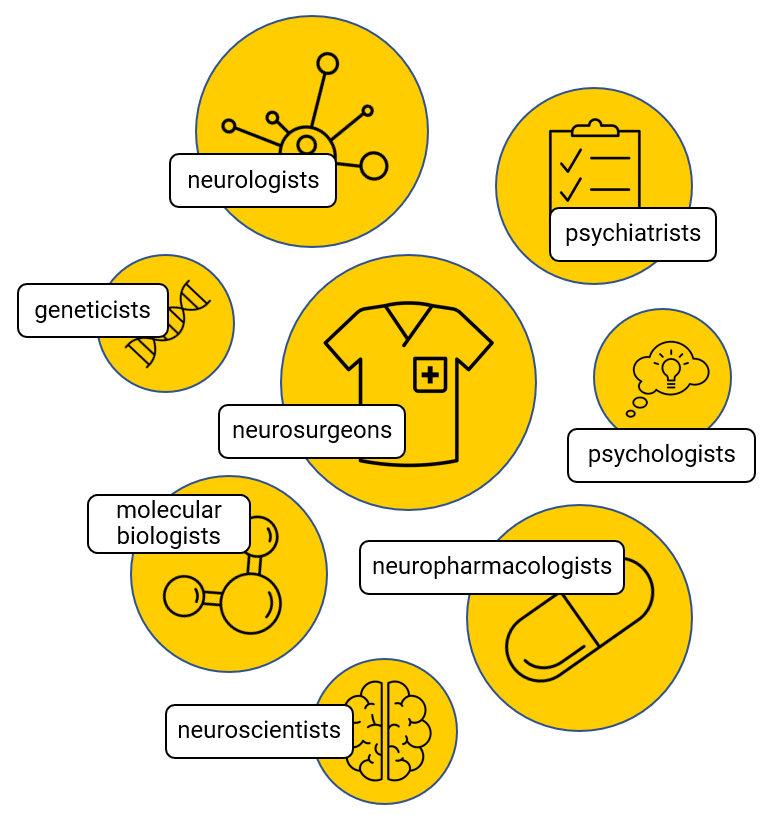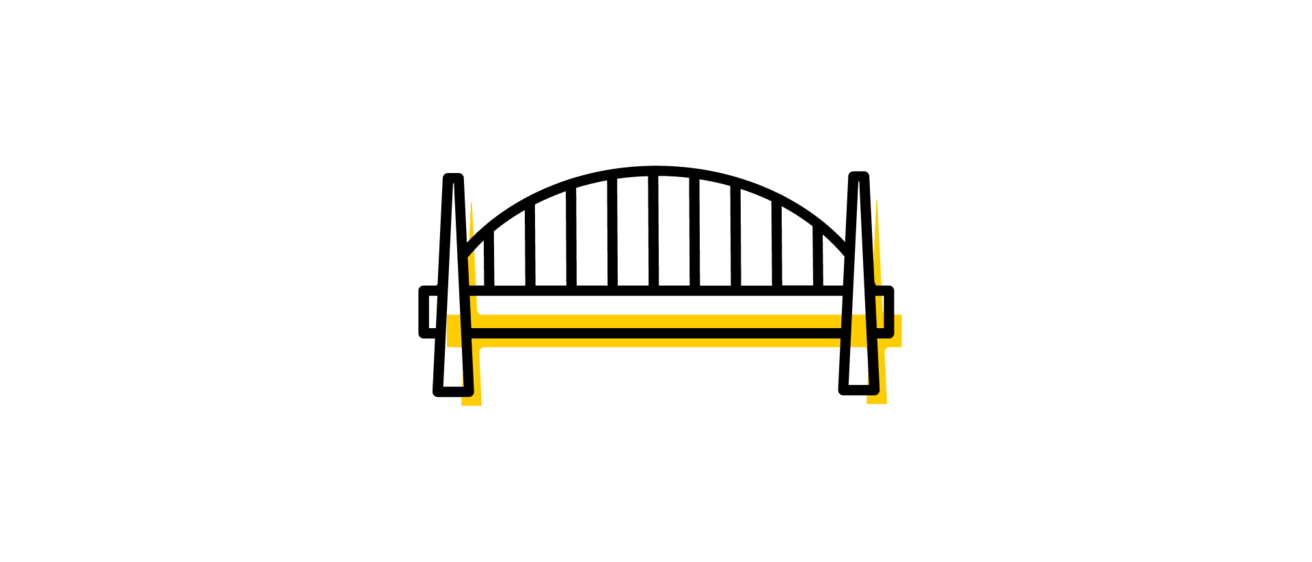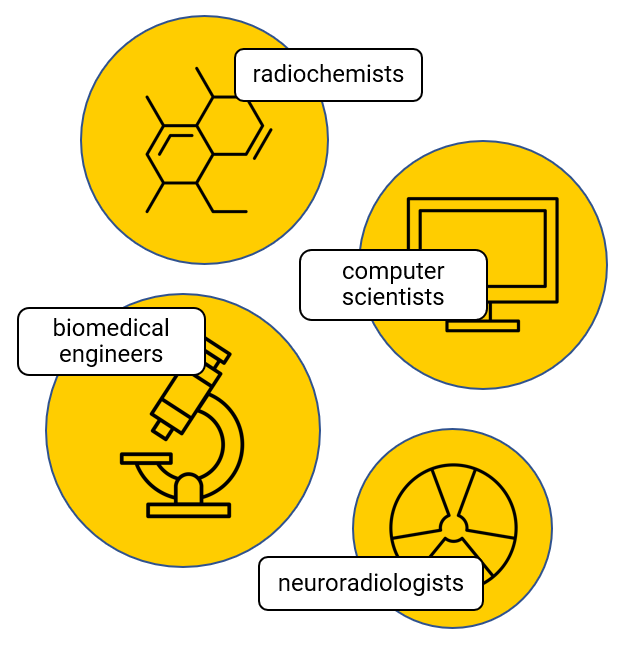BRAIN SCIENTISTS


INTERDISCIPLINARITY:
Interdisciplinary research allows individuals from diverse scientific backgrounds to join together to solve problems. As they share ideas and create new knowledge, both individual scientists and their respective scientific disciplines grow and change. As seen to the left, brain scientists come from a variety of fields. They interact with one another and with imaging scientists, seen on the right. When these groups actively collaborate with each other, connections are established between a wide range of subfields. These bridges are also built and strengthened by people with expertise in biostatistics and bioinformatics. The products of all these interactions includes the development of tools that become widely used, such as software for image analysis, and the further development of new fields, such as neuroeconomics.
IMAGING SCIENTISTS
